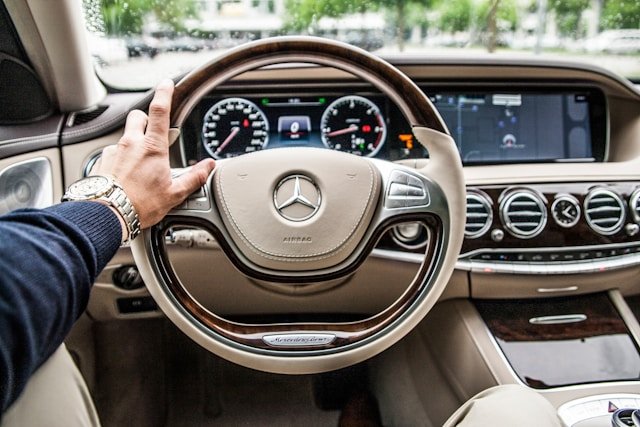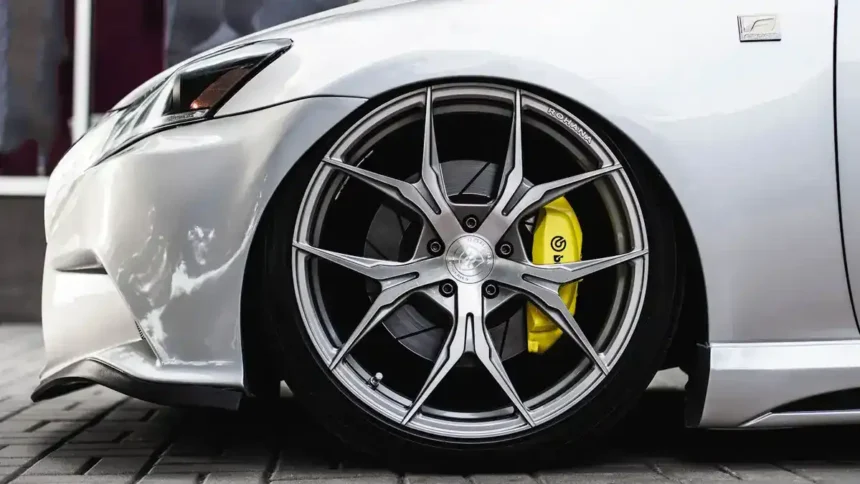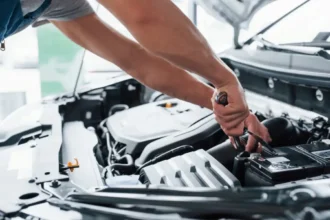Is your new car ready to go the distance? Do you want to ensure your vehicle runs smoothly for years to come? The secret to a long-lasting, reliable car lies in a well-planned maintenance schedule. But with so many recommendations out there, how do you choose the best one for your new car?
In this article, we’ll walk you through the 10 best car maintenance schedules for new cars, offering tips, insights, and expert-backed advice that will keep your car in peak condition. From oil changes to tire rotations, we’ll cover everything you need to know, helping you stay ahead of potential issues and protect your investment.
Why a Car Maintenance Schedule Matters
When you buy a new car, it’s easy to think it’ll run perfectly for years without much care. But just like any machine, your car needs regular attention to prevent wear and tear. A proper maintenance schedule ensures that each component is inspected, maintained, and replaced as needed, extending your vehicle’s lifespan and ensuring it performs efficiently.
The Importance of Routine Car Maintenance
Maintenance is the key to preventing costly repairs. Not only does regular upkeep enhance your car’s reliability, but it also ensures safety on the road. Following a car maintenance schedule guarantees that vital systems like your brakes, engine, and tires are functioning properly.
Key Benefits of a Good Maintenance:
- Improved Safety: Ensuring your car’s critical components, like brakes and tires, are in good shape helps prevent accidents.
- Enhanced Performance: Routine maintenance keeps your engine running efficiently, improving fuel economy and extending the engine’s life.
- Cost Savings: Regular check-ups can catch problems early before they become expensive repairs.
- Resale Value: Well-maintained cars hold their value better, making them easier to sell or trade-in later.
Here are the 10 Best Car Maintenance Schedule for New Cars

1. Oil and Filter Change Schedule
Regular oil changes are essential to maintaining your engine’s health. For most new cars, manufacturers recommend changing the oil every 5,000 to 7,500 miles. However, it may vary based on the car model and type of oil used. Synthetic oils last longer but can be more expensive.
Best Practice:
Stick to the manufacturer’s suggested interval for oil changes, but consider more frequent changes if you often drive in extreme conditions (hot weather, stop-and-go traffic, etc.).
Oil Change Schedule Table:
| Oil Type | Frequency (Miles) |
|---|---|
| Conventional Oil | Every 3,000 – 5,000 miles |
| Synthetic Blend | Every 5,000 – 7,000 miles |
| Full Synthetic | Every 7,500 – 10,000 miles |
2. Tire Rotation and Alignment
Tire care is often overlooked, but it’s a critical part of your maintenance schedule. Uneven wear on your tires can lead to poor handling, reduced fuel efficiency, and even dangerous blowouts.
Best Practice:
Rotate your tires every 5,000 to 8,000 miles, or during every oil change, to ensure even wear. Alignment checks should be performed annually or when you notice uneven wear, pulling to one side, or vibrations while driving.
Tire Maintenance Checklist:
- Rotate tires every 5,000-8,000 miles
- Check tire pressure monthly
- Inspect tread depth for safe handling
3. Brake Inspection and Replacement
Your brakes are one of your car’s most important safety features. Regular inspections are crucial to ensure they’re working correctly and aren’t worn out.
Best Practice:
Check your brake pads and rotors every 10,000 miles, or sooner if you notice squeaking, grinding, or reduced braking performance. Typically, brake pads last between 25,000 to 70,000 miles, but this can vary based on your driving habits.
Brake Pad Wear Indicators:
- Squealing or screeching noise
- Vibration when applying brakes
- Taking longer to stop
4. Fluid Levels and Condition Checks
Fluids such as coolant, transmission fluid, brake fluid, and power steering fluid are essential for your car’s operation. Keeping them at the right levels and in good condition prevents system failures.
Best Practice:
Check all fluids every time you have an oil change. If any fluid looks dirty or is at a low level, top it off or change it as needed. Most fluids should be replaced at 30,000 to 60,000 miles.
Common Fluids to Check:
- Coolant
- Brake fluid
- Transmission fluid
- Power steering fluid
5. Battery Health
Your car’s battery supplies the power to start the engine and run electrical components. Over time, batteries lose their ability to hold a charge and need replacement.
Best Practice:
Test your battery’s voltage every 6 months, especially in colder climates where batteries drain faster. Most batteries last 3 to 5 years.
Battery Maintenance Tips:
- Clean corrosion from terminals
- Ensure tight, secure connections
- Replace every 3-5 years or as needed
6. Air Filter Replacement
Air filters ensure clean airflow to the engine and cabin, keeping debris and pollutants out. Clogged filters can affect engine performance and reduce air quality inside the vehicle.
Best Practice:
Replace engine air filters every 12,000 to 15,000 miles or annually, depending on your driving conditions. Cabin air filters should also be replaced regularly, especially if you often drive in dusty environments.
7. Timing Belt Replacement
The timing belt controls the engine’s valves and pistons. If it breaks, it can cause severe damage to your engine. Many new cars now come with timing chains instead of belts, which last much longer.
Best Practice:
If your car has a timing belt, replace it every 60,000 to 100,000 miles. Timing chains usually don’t need to be replaced unless there’s an issue.
8. Spark Plug Maintenance
Spark plugs ignite the fuel-air mixture in your engine’s cylinders, providing the power to move your car. Worn-out plugs can lead to engine misfires, poor fuel economy, and hard starts.
Best Practice:
Replace spark plugs every 30,000 to 100,000 miles, depending on the type used. Modern cars with platinum or iridium spark plugs require fewer changes than older models.
9. Transmission Maintenance
Your car’s transmission transfers power from the engine to the wheels. Transmission fluid is crucial for smooth gear shifts and to prevent overheating.
Best Practice:
Check the transmission fluid every 30,000 to 60,000 miles, and follow the manufacturer’s recommendations for fluid replacement. For manual transmissions, inspect the clutch for wear.
10. Exhaust System Inspection
The exhaust system reduces harmful emissions and ensures your engine runs efficiently. A malfunctioning exhaust can lead to poor fuel economy and increased pollution.
Best Practice:
Inspect the exhaust system every 10,000 miles for leaks, rust, or damage. Pay attention to unusual noises, like hissing or rattling, which may indicate an issue.
FAQs About Car Maintenance Schedules for New Cars
Q1: How often should I follow my car’s maintenance schedule?
A: It depends on your driving conditions and the manufacturer’s guidelines. Typically, maintenance intervals range from every 5,000 to 15,000 miles.
Q2: Can I follow a generic maintenance schedule?
A: While a general schedule works, it’s best to consult your vehicle’s manual for manufacturer-specific recommendations.
Q3: What happens if I don’t follow the maintenance schedule?
A: Skipping scheduled maintenance can lead to performance issues, costly repairs, and safety risks.
Conclusion
Following a regular maintenance schedule is the best way to keep your new car in peak condition. By sticking to the intervals and best practices mentioned in this guide, you’ll ensure your car runs smoothly, safely, and efficiently for years to come.
Whether it’s an oil change, brake check, or spark plug replacement, each service plays a vital role in extending the life of your vehicle. So, stay on top of your car’s needs, and you’ll enjoy the benefits of a reliable ride for many miles down the road!








